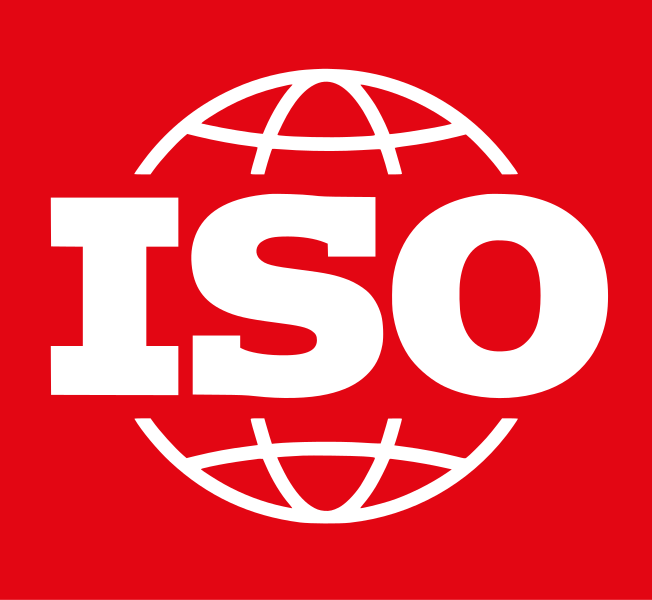Review progress against your organisation’s sustainability goals
You should regularly assess procurement progress against your organisation's sustainability goals. This involves setting up mechanisms that will prompt category managers to evaluate how each contract's sustainability performance aligns with and contributes to your overall sustainable procurement objectives. Important factors to review include adherence to sustainability target areas and KPIs, the effectiveness of efforts to engage and support sustainability, and the robustness of supplier data and data management systems.
The review process will help identify areas of concern and reveal opportunities for improvement. For any sustainability concerns that are recurrent, systemic, or severe, consider undertaking a root cause analysis to understand where these issues occur in the value chain or procurement process and what could be done differently next time to avoid them.
EXAMPLE: Using data for performance review
The Public Procurement Office (PPO) of Lithuania launched a procurement scoreboard for public authorities, capturing all 30 product groups and including procurement information.¹ The PPO collects data on technical specifications, award criteria, and clauses. Then machine-readable green performance data is added by suppliers and verified by procurers. This enables procurement performance reviews and learning

